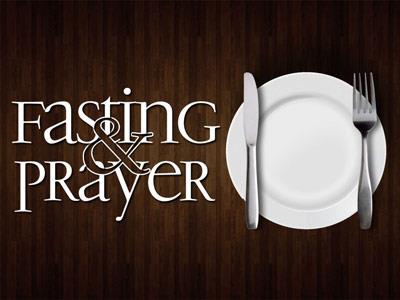-
Responding With Repentance Series
Contributed by Pat Damiani on Nov 28, 2017 (message contributor)
Summary: A worship service focused practicing repentance in corporate worship.
In his book, Worship is a Verb, Robert E. Webber writes these insightful words:
WORSHIP IS A VERB. It is not something done to us or for us, but by us.
We certainly saw that last week in Nehemiah chapter 8. As the people gathered and listened to Ezra read the Word of God, they were active participants in worship. They raised their hands, they bowed, the shouted “amen”, they discussed the Scriptures face-to-face in small groups. And then they immediately applied what they had learned.
We’re going to find the same thing in Nehemiah chapter 9 this morning. The people did not come to observe worship, they came to worship. In reading through this passage over the last couple weeks, I am convinced that this is a passage that requires participation a lot more than it requires explanation. It needs to be prayed more than it needs to be preached.
So our format of worship is going to be quite different this morning. I’m going to introduce our passage briefly in just a moment and make a few comments about the passage to set the stage for what we’ll be doing together for the rest of our gathering. And I’m going to be real honest right up front. As uncomfortable as some of you find it to raise your hands, or bow down or shout “amen”, what I’m going to ask all of us to do together this morning may very well be even more uncomfortable for many of us.
So go ahead and take you Bibles and open them to Nehemiah chapter 9. As always, you’re going to want to keep your Bibles handy this morning so you can follow along as we read and study the Scriptures together.
Let’s begin with an overview of the chapter:
• Verses 1-5 contain a narrative that describes what occurred when the people gathered for worship.
• Verses 6-38 record the prayer that was prayed that day. A number of commentators have concluded that this is the longest recorded prayer in the Bible and I sure haven’t been able to find any other prayer recorded in the Bible that is longer, so I believe that claim. This prayer can be divided into three sections:
o A look back in verses 6-31. This prayer takes a look back at how God has worked in the lives of His chosen people throughout history.
o A look at the present in verses 32-37. This portion of the prayer deals with the current condition of the people gathered for worship.
o A look ahead in verse 38. The people make a promise to God about how they are going to live from this point forward.
With that structure in mind, let’s spend a few minutes looking at the first five verses and then we’ll spend the rest of our time reading and praying the prayer we find in the rest of the chapter.
Now on the twenty-fourth day of this month the people of Israel were assembled with fasting and in sackcloth, and with earth on their heads. And the Israelites separated themselves from all foreigners and stood and confessed their sins and the iniquities of their fathers. And they stood up in their place and read from the Book of the Law of the LORD their God for a quarter of the day; for another quarter of it they made confession and worshiped the LORD their God. On the stairs of the Levites stood Jeshua, Bani, Kadmiel, Shebaniah, Bunni, Sherebiah, Bani, and Chenani; and they cried with a loud voice to the LORD their God. Then the Levites, Jeshua, Kadmiel, Bani, Hashabneiah, Sherebiah, Hodiah, Shebaniah, and Pethahiah, said, “Stand up and bless the LORD your God from everlasting to everlasting. Blessed be your glorious name, which is exalted above all blessing and praise.
(Nehemiah 9:1-5 ESV)
Hopefully you’ll remember from last week that when Ezra read God’s Word the people discovered that God had commanded them to observe the Feast of Booths, which began on the 15th day of the month of Tishri. So they immediately began to make preparations for the observation of the Feast and they began their observance on the 15th day of the month, just as God commanded. During the seven days of the Feast, Ezra continued to read the Scriptures each day. Then, just as God commanded, on the 8th day there was a solemn assembly, which would have been on the 22nd day of the month. The events in Nehemiah 9 occur two days later, on the 24th day of the month.
The celebration and rejoicing in Nehemiah 8 have given way to a time of confession and repentance in chapter 9. Undoubtedly as the people had been exposed to God’s Word over the seven days of the Feast of Booths, they realized that they had been disobedient to the commands of God and rebelled against Him. So they fasted and put on sackcloth and put earth on their heads. Most of us are pretty familiar with fasting. And we probably have at least some concept of sackcloth – a coarse material made of black goat’s hair and which was worn as a sign of grief and mourning.

 Sermon Central
Sermon Central



